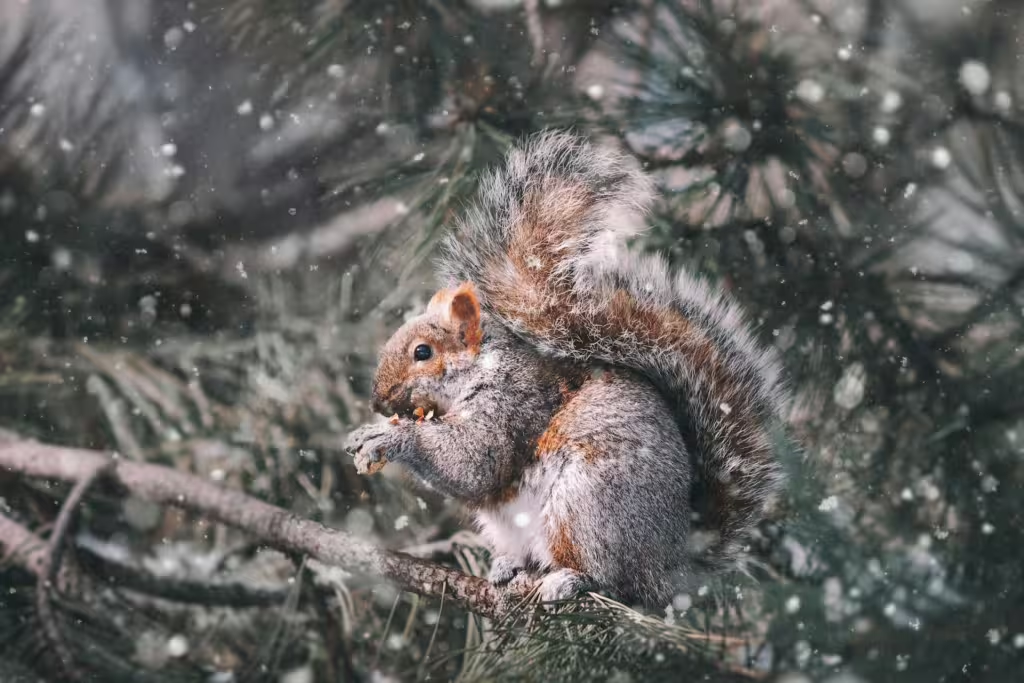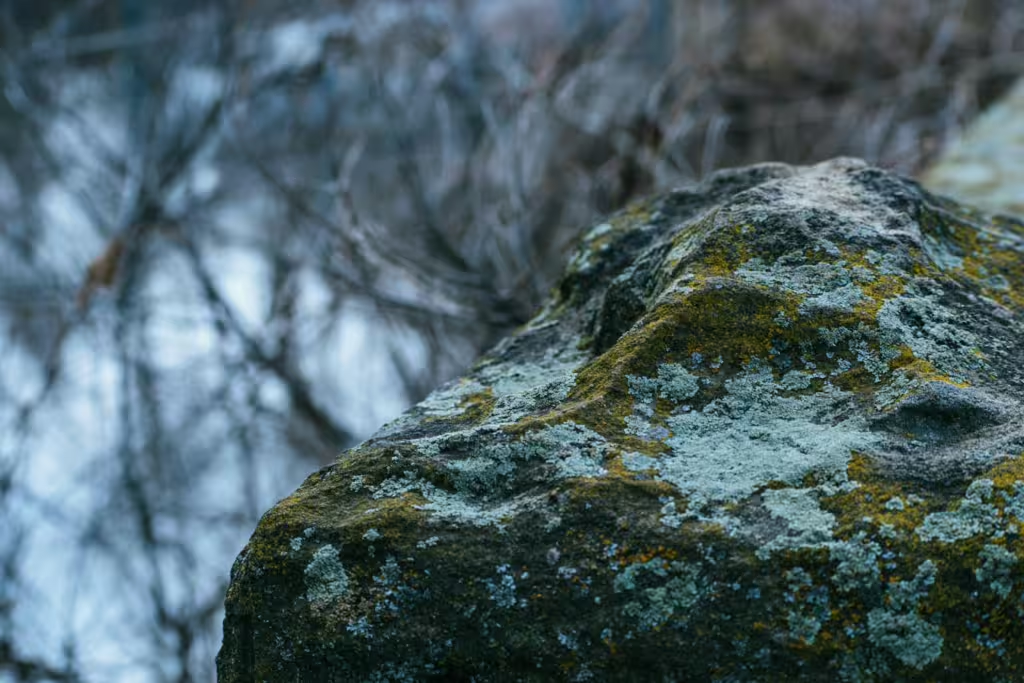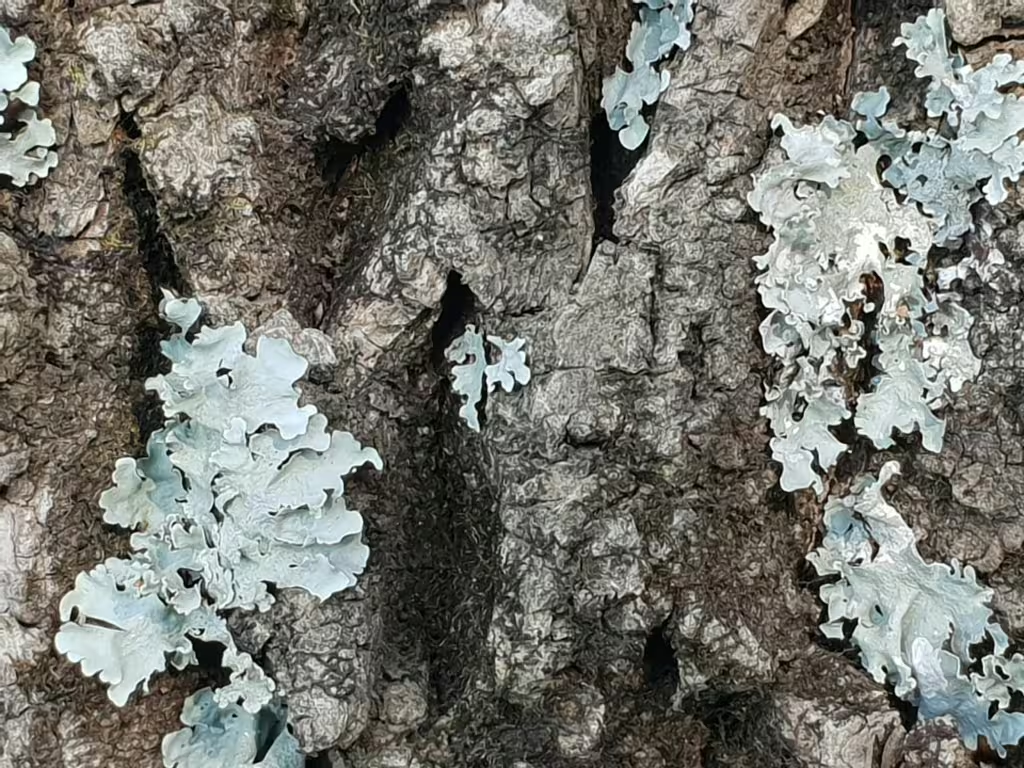Many readers likely associate lush plant life with warm, tropical regions and for good reason. All our lives, we are taught that plants thrive best in environments where sun, moisture, and healthy soil are abundant. At the same time, many plants require the intervention of external pollinators, most of which also do best in environments where the weather is fair and pleasant. But the planet Earth is not made of just temperate and tropical climates. There are a number of different and difficult biomes dotted across our incredible sphere and not all of them are equally hospitable.
We have, at times, spoken about the adaptability of desert plants, in particular. We have also discussed aquatic plants and all of the amazing ways that they have evolved to survive in aquatic, salinated, or semi-aquatic environments. We have not, however, gone into any serious detail about the resilient plant species that are able to grow in some of the coldest, most inhospitable environments in the world.
The thing is, though we may not realize it, many of the most common plants we know and love already demonstrate remarkable fortitude when faced with cold or freezing conditions; even those found in temperate regions.
In this article, we will discuss a few of those species, along with many that have developed their own specialized adaptations so that they can survive in the highest alpine peaks or on the most barren and frigid Arctic tundras. So pull on an overcoat and get ready to explore some of the chilliest climates on the planet, and the chillest plants to ever call them home!

Arctic Willow (Salix arctica)
Hailing from some of the coldest, northernmost regions of the Arctic tundra, the Arctic Willow is a woody plant that thrives best in tundra ecosystems, successfully withstanding the where few others can survive. It also plays a crucial role in its ecosystem, providing forage for Arctic herbivores such as musk oxen and caribou. Now, this plant is not a traditional “willow tree” as one might assume from its name. It is, in fact, a low-growing shrub, typically growing no more than 15 cm tall, but this works to its advantage!
The Arctic willow’s small stature enables it to avoid the harsh winds of its homeland, while simultaneously retaining heat. This latter ability is achieved because the plant essentially “hugs” the ground. Meanwhile, its fuzzy leaves and stems help it to conserve even more warmth and moisture. Remarkably, despite the short growing season of the Arctic region, the Arctic willow actually produces catkins that attract pollinators such as bumblebees, allowing it to propagate even in this frigid place.
Pasqueflower (Pulsatilla patens)
In the northern places of the world. the Pasqueflower often emerges as one of the first signs of spring. Often among the first blooms to appear after snowmelt, this bell-shaped, lavender-blue flower is quite a sight to behold. It thrives in cold meadows and prairies across North America and parts of Europe and Asia and the spiky hairs inside its blue bloom helps to insulate the plant from the cold, thereby preserving any heat it takes in and reducing any incidental moisture loss. The Pasqueflower is also known as a heliotropic plant, which means it can turn its flowers toward the sun to absorb additional warmth when the weather gets a bit n nippy. This adaptation allows it to photosynthesize more efficiently in even the chilliest conditions, even if snow is still on the ground.
Bearberry (Arctostaphylos uva-ursi)
Even the most enfranchised readers of True Investigator are bound to be surprised by some of the entries on this list. Take the hardy bearberry, for instance. This evergreen groundcover plant can be found in subarctic and alpine regions. So-named because of the bears that are fond of eating its bright, red berries, the bearberry is particularly resilient to the wind and cold, mostly thanks to the leathery, dark green leaves it possesses. Bearberry does not grow upwards, as this type of growth pattern would be ill-advised in wind-blown, chilly regions, but instead spreads across the ground, stabilizing soil and preventing erosion in fragile, permafrost-laden environments. Like many plants that are found in normally inhospitable northern ecosystems, the bearberry represents a keystone species, providing food and shelter for many local animals.
Dwarf Birch (Betula nana)
The Dwarf Birch is, like many alpine and cold weather plants, rather low to the ground, growing only a meter in height. This deciduous shrub is most often found in Arctic and alpine tundra zones, where its round, leathery leaves, eventually turning brilliant shades of yellow and orange in the fall, stick out amidst the gray landscape. This plant is highly adapted to the cold and its deep root systems are strong enough to tap into permafrost-stored moisture in the ground below. An important food source for Arctic herbivores, the dwarf birch is a necessity in these biomes, where food is often difficult to come by.
Alpine Forget-Me-Not (Myosotis alpestris)
There are a number of flowers that bloom in the coldest places on the planet; they don’t bloom for very long, of course, but they do bloom. The Alpine Forget-Me-Not is a delicate blue flower, with an iconic yellow center. It thrives in alpine and subalpine regions around the world, including the Rockies, Alps, and Himalaya mountain ranges. Despite its dainty appearance, the Alpine Forget-Me-Not is more robust than one might believe at first glance. This robust perennial is capable of surviving extreme cold and high UV exposure. It typically grows in rocky, well-drained soils and blooms during the brief summer months. As with most flowers, the reason for this bloom’s particular vibrancy, especially when seen agains the snowy backdrop of its preferred ecosystem, is to attract pollinators.

Lichen (Various species)
One cannot talk about the plants that dwell in the high, cold mountainous places of the world without mentioning lichen. Though it would be far too expansive a list to introduce every different species of lichen to you, dear reader, we can safely say that lichens are perhaps the most abundant sources of vegetation found in alpine regions. We should be clear, lichens are not a single plant, as are so many in the entries above, but a symbiotic partnership between fungi and algae, otherwise known as cyanobacteria. It is this hardy combination of organisms that helps them to thrive in some of the harshest environments on Earth, including the Arctic tundra and even the Antarctic.
As a result of their beneficial partnership, these organisms can survive desiccation, extreme cold, and even intense UV radiation. Heck, even NASA has studied lichens because of these traits. Part of what makes lichens so successful is the fact that they grow slowly, without needing to use up a lot of energy in a short time. They also happen to be incredibly durable, clinging to rocks, soil, and trees with equal tenacity. They play a vital ecological role in pioneering colonization of barren environments, contributing to soil formation and serving as a food source for animals of all kinds, including reindeer and caribou.
Mountain Avens (Dryas octopetala)
Despite what its name portends, the Mountain Avens is not a bird, but a small, evergreen plant that grows in alpine and Arctic environments. This flowering shrub features white, daisy-like blooms and is actually a close member of the rose family. Unlike its delicate, popular cousins, the leather leaves of the Mountain Aven are “toothed,” with a woolly underside that helps conserve the plant’s heat and moisture. This plant is often found in dry, rocky soils where few others plants can survive or even grow. Indeed, the mere presence of the Mountain Avens in an area is an indication of relatively stable and nutrient-rich soil. This is because these plants often form extensive mats that help prevent erosion. Mountain Avens also hold cultural significant to Indigenous Arctic communities.
Siberian Larch (Larix sibirica)
Unlike most conifers, the Siberian Larch is actually deciduous—meaning it loses its needles in the winter time. This strategy is actually quite beneficial, as it helps the plant to reduce water loss in the harsh, frozen environment of Siberia. This plant grows in boreal forests and is extremely cold-hardy, surviving freezing temperatures as low as -70°C. That said, it isn’t a stunted shrub like so many plants on this list, it is a proper tree, one that can reach heights of upwards of 98 feet. Not only does the Siberian Larch play a significant role in the taiga biome, its wood is also highly sought-after; valued for its durability and resistance to rot.
Snow Buttercup (Ranunculus adoneus)
Snow Buttercups can be found in high alpine meadows, blooming just as soon as the snow begins to melt. This early flowering is an adaptation the plant has developed in response to the short growing season that exists in its ecosystem. The Snow Buttercup’s bright yellow petals absorb sunlight, helping to warm the flower’s reproductive organs and attract pollinators to them as quickly as it can. The plant possesses additional adaptations as well, such as growing near snowbanks, so that the meltwater provides it with ample moisture. Despite its fragile appearance, the Snow Buttercup is still well-adapted to withstand sudden frosts and the high UV levels that can be found at such elevations.
Purple Saxifrage (Saxifraga oppositifolia)
The Purple Saxifrage is one of the most cold-tolerant flowering plants on the planet. The small, purple flowers of this low-growing plant blooms even in snowy, Arctic environments, where it can withstand temperatures below -20°C. It tends to grow best in rocky, well-drained soils, where it takes root in crevices so that it is better protected from wind. These crevices also happen to be where moisture accumulates, providing the Purple Saxifrage with ample water.
Labrador Tea (Rhododendron groenlandicum)
Labrador Tea is a low, evergreen shrub that is typically found in peat bogs and tundra throughout northern North America. Unlike the light, cultivated teas of warmer climates, the Labrador Tea’s leathery leaves are hardy and stiff, possessed of woolly undersides that insulate against cold and enable it to conserve moisture. It is named Labrador Tea because Indigenous peoples have traditionally used its leaves to brew a medicinal tea. The plant thrives best in acidic, nutrient-poor soils, making it quite unlike many of the plant species we encounter on a daily basis. Either way, the Labrador Tea remains an integral part of its ecosystem and the native culture.

Cushion Plants (Various species)
Cushion plants are less a “plant species” and more of a growth form that encompasses a number of different plants all growing together. Characterized by their dense, dome-like shape, Cushion Plants can be found in alpine and Arctic environments, and are shaped thus to help them reduce heat loss and wind exposure. The dome shape also aids in moisture conservation. Species like Silene acaulis and Azorella compacta are prime examples of these plants and both have tightly packed structures that create microclimates within the cushion itself. These microclimates are perfect for enabling other organisms to survive the cold. In many cases, these plant colonies represent ecosystem pioneers in harsh landscapes, stabilizing the soil and making it more hospitable for future colonizers.
Cloudberry (Rubus chamaemorus)
Cloudberries, like Bearberries, are an important food source in northern climates. Not only does wildlife depend on the fruit of this hardy perennial, but so do humans. Indeed, many northern cultures consider cloudberries to be an important part of their diet. Resembling raspberries but golden-orange in color, these berries are rich in vitamin C and sweet to taste, so it comes as no surprise that they are highly prized for their nutritional value and flavor. The plant has separate male and female individuals and requires insect pollination, which can be a challenge in cold environments. Nevertheless, it manages to thrive, producing fruit in mid to late summer.
True Investigator Says…
As you can see, there are many plants that, despite circumstances, have found ways to survive in the cold. From creeping groundcovers, to shrubs, lichen, and even a few towering trees, these cold-climate plants exemplify nature’s ingenuity and adaptability. Still, even as they continue to flourish in some of the most unforgiving environments on Earth, climate change is altering the status quo. And as this global catastrophe in the making continues to impact these regions, it becomes more vital than ever that we understand and work to protect the remarkable species that grow here.
Discover more from TrueInvestigator
Subscribe to get the latest posts sent to your email.


